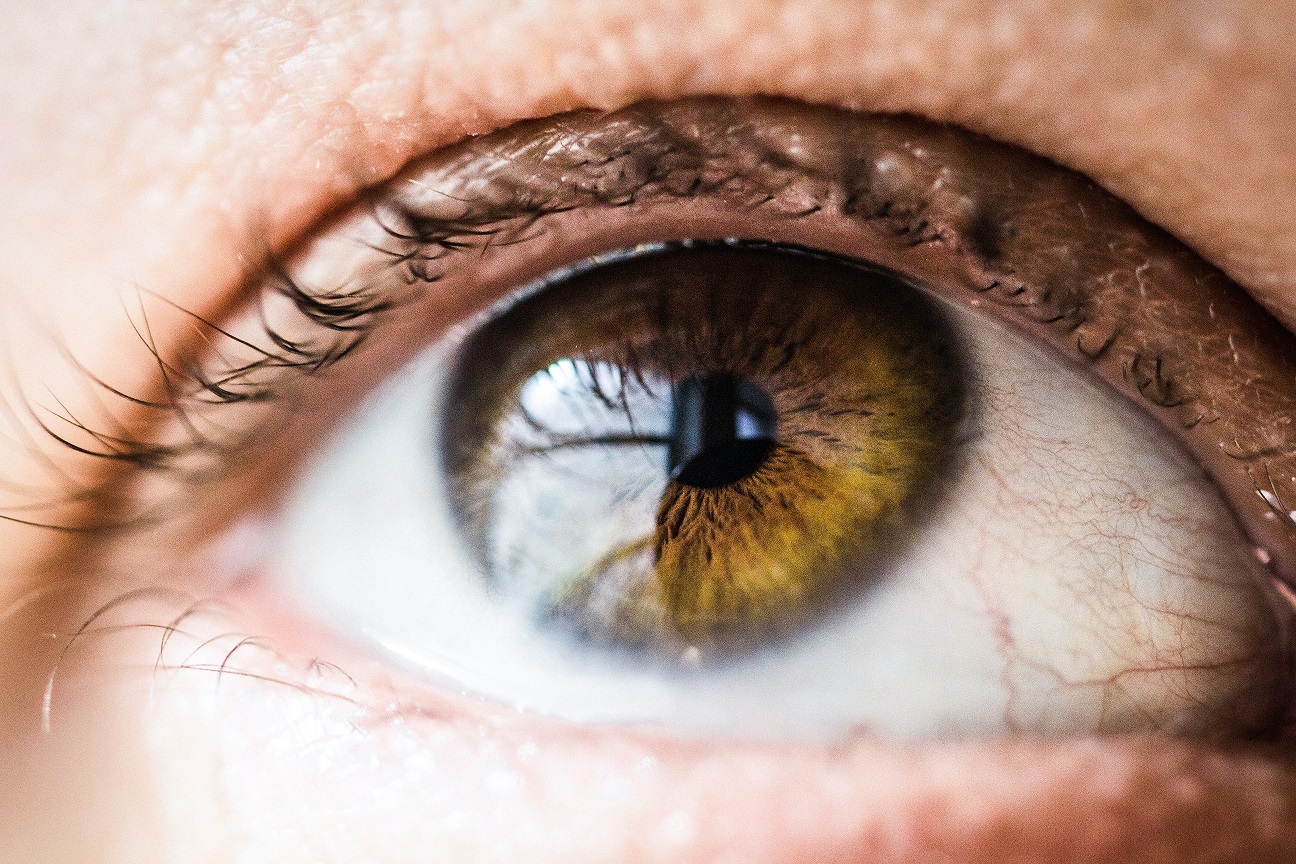When summer comes around, it means relaxing on the beach, wearing your favourite pair of sunglasses, and enjoying the great outdoors. However, summer also brings the need to cool down with the heat waves.
While air conditioning can help provide comfort in those sweltering hot days, it may have some drawbacks you might not know about. Specifically, causing dry eyes.
Today, we’re going to take a look at the world of air conditioners and determine if your dry eye symptoms are being caused by what’s keeping you cool.
Humidity & Your Home
Before we talk about how air conditioners cause dry eyes, it’s important first to understand the relationship between humidity, climate, and your home.
In the simplest of terms, humidity is the amount of water vapour stored in the air. As seasons change, your home’s humidity levels will change because hot air can hold more moisture than cool air.
These changes can vary from home to home and it depends on the climate you live in too. For example, people living in a more humid environment like Ottawa or Toronto won’t experience the same drop in humidity in cold temperatures like Calgary.
Nevertheless, the colder your home, the less humidity you will have in your air. This can lead to a range of different health issues, including dry eyes.
How Can Your AC Cause Dry Eye?
There are multiple ways your air conditioning unit could cause dry eyes.
As mentioned earlier, when your home cools down, it lowers your home’s humidity, which in turn affects the quality of your tear film by causing your tears to evaporate more quickly.
Low humidity and cool temperature affect your meibomian glands. Your meibomian glands are responsible for producing the oil (lipids) in your tear film to prevent evaporative dry eye. If the tears evaporate too quickly, it makes it more difficult to wear contact lenses comfortably.
Air conditioners in your car cause the same effect. Dry eyes can be exasperated if you point air towards your face. The blowing air will quickly dry out your eyes before you can blink properly to renourish your tear film.

Dry Eye Symptoms Caused By AC
AC units can facilitate the development of evaporative dry eye. Evaporative dry eye can cause:
- Irritation
- Redness
- Stinging sensations
- Sensitivity to light
- Blurred vision
Managing Dry Eye Caused By AC
Adding A Humidifier & Monitoring Your Humidity
A very simple solution for getting back some of the humidity you lose with air conditioning is to use a humidifier. Humidifiers come in a range of different sizes and prices, and some of them can be directly installed into your home so you can have the right amount of humidity all year round.
To ensure your humidity levels are within the normal range for your climate, it would be wise to purchase a hygrometer for your home. Hygrometers monitor the humidity of your home air and can help you know when you should be using your humidifier or not. In most cases, experts recommend humidity levels of 45% to ensure your eyes stay comfortable.
Using Eye Drops
Eye drops are commonly used to help manage dry eye symptoms, even if the cause isn’t related to temperature. Read our blog about which drops to use if you need a place to start.
Regulating & Maintaining Your AC
AC regulation and maintenance can also help you manage your dry eye symptoms. Instead of running the AC all the time, turn it off when you are not using it. Running your AC constantly will always make it harder to maintain a healthy humidity level in your home, so turning it off can help moisture find its way back into your air.
Need Help Battling Dry Eye? Contact Us Today!
Our large network of dedicated dry eye experts can be found all across Canada. If the above tips don’t help alleviate your dry eye symptoms, find a participating eye doctor near you to speak about other treatment options.










